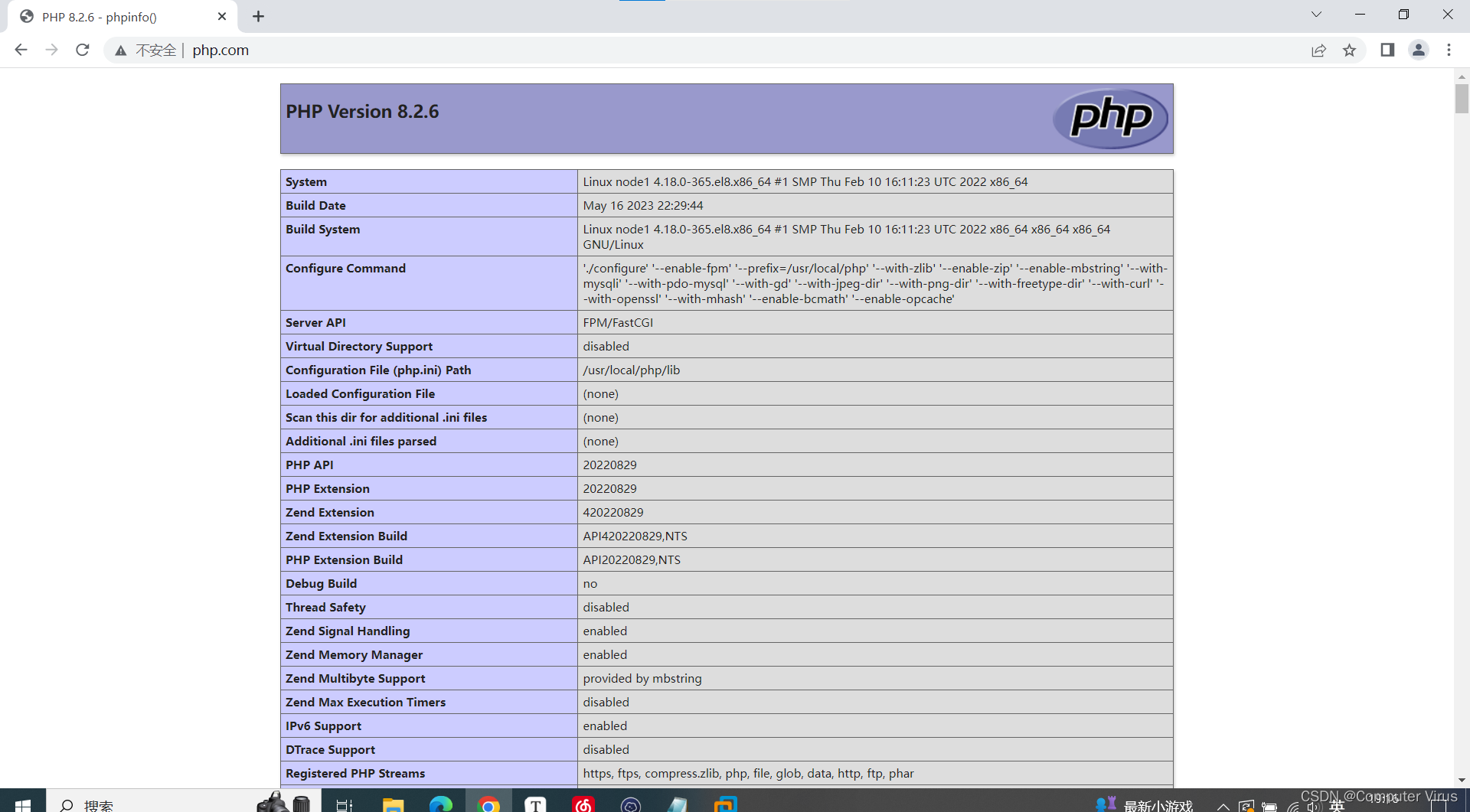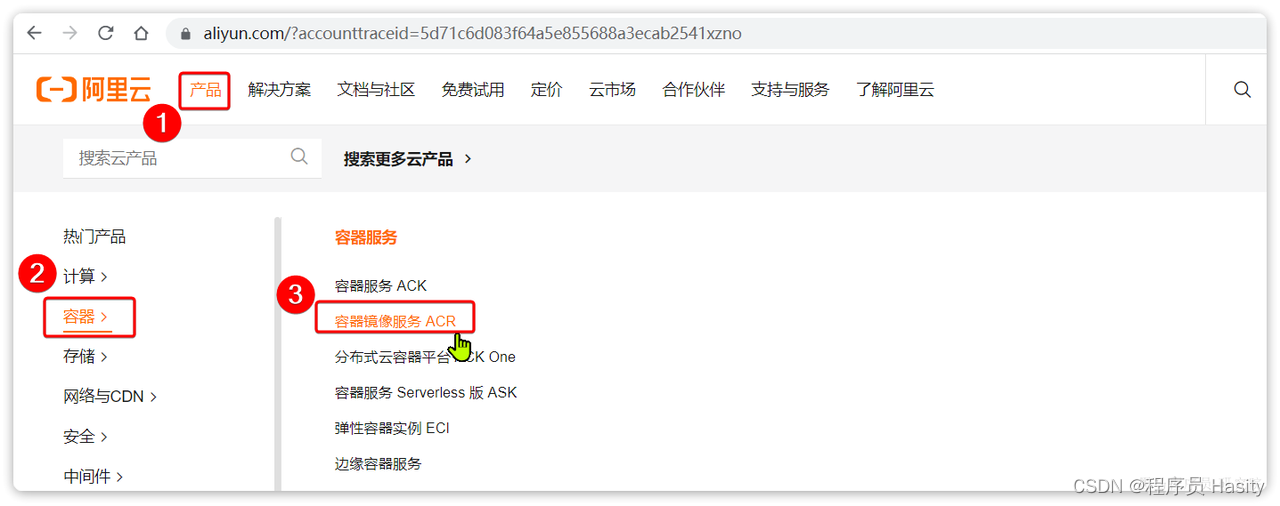1.进入到/usr/local/下,下载php的安装包(php的下载网址)
一、nginx的安装
二、php的下载安装
1.进入到/usr/local/下,下载php的安装包(php的下载网址)
2.解压
3.进入到php-7.4.6下,安装需要的依赖包
4.预编译php
5.编译
6.配置环境变量
7.为php提供配置文件
8.修改php.ini,设置错误信息级别
9.为php-fpm提供配置文件
10.启动php
11.将php-fpm添加至service服务
12.启动php
三、整合nginx和php-fpm
1.修改nginx的配置文件
2.编辑内容如下
3.创建php文件
4.编辑以下内容
5.编辑虚拟机hosts,能让其访问到www.php.com页面
6.内容如下
7.编辑物理主机的hosts文件
8.编辑内容如下
9.启动nginx和php
10.通过物理机访问php页面,www.php.com
11.至此php+nginx搭建完成
12.关闭php-fpm服务
13.卸载php的命令
四、搭建mysql
1.配置mysql的yum源
2.安装mysql源
3.检查是否安装
4.安装mysql的依赖模块
5.安装mysql
6.启动mysql
7.查看状态
8.修改mysql密码
9.编辑以下内容
10.重启mysql
11.登陆mysql,输入mysql -uroot -p,之后回车
12.设置密码
13.设置远程访问
14.刷新一下数据库
15.退出mysql
16.注释掉/etc/my.cnf
17.重启mysql
18.重新登陆mysql
19.mysql至此成功
五、总结
声明:本站所有文章,如无特殊说明或标注,均为本站原创发布。任何个人或组织,在未征得本站同意时,禁止复制、盗用、采集、发布本站内容到任何网站、书籍等各类媒体平台。如若本站内容侵犯了原著者的合法权益,可联系我们进行处理。








